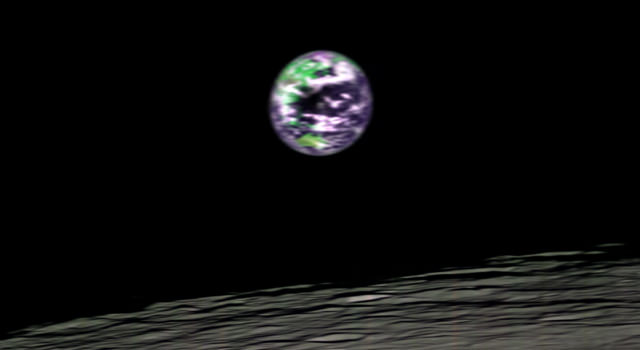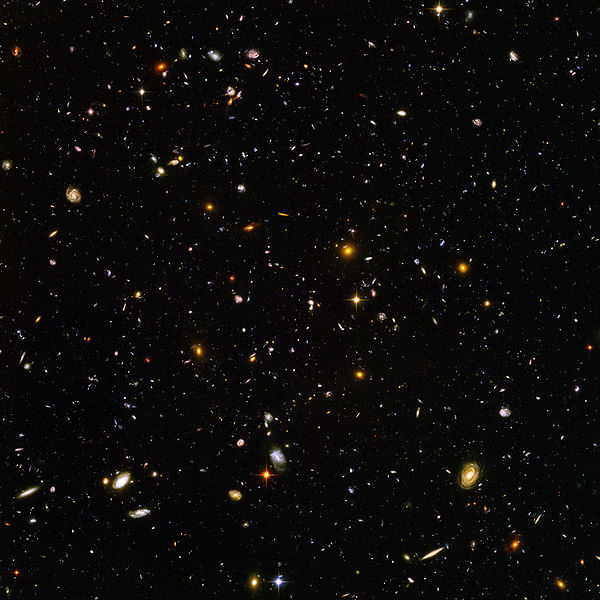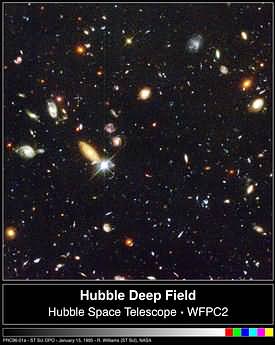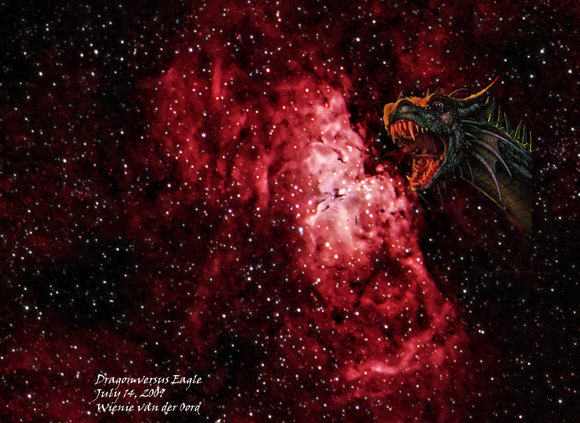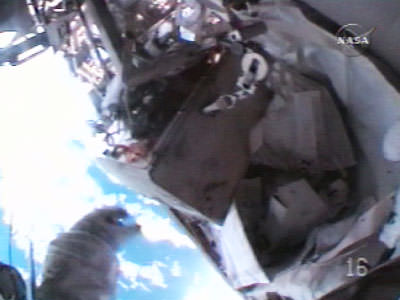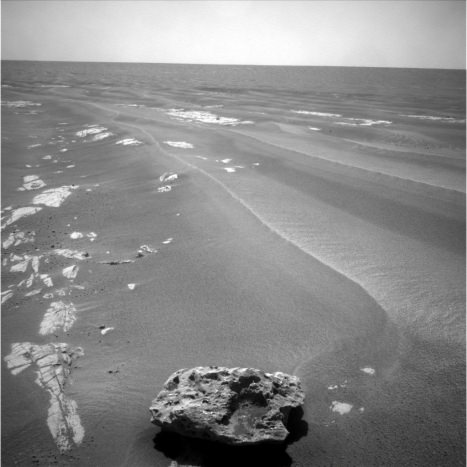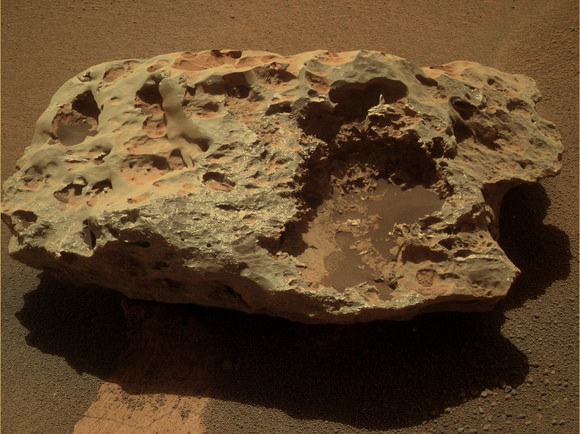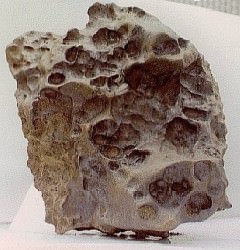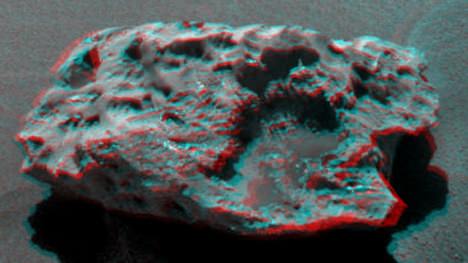[/caption]
Since 2006, due to a controversial decision by the International Astronomical Union (IAU) that demoted Pluto to a dwarf planet, we have had eight planets.
Mercury is a small planet, which can reach extreme temperatures. Since the planet is the closest one to the Sun, it can reach temperatures of 450°C. However, because the planet has almost no atmosphere due to very little gravity, the surface also drops to low temperatures of -170°C.
Venus is farther from the Sun than Mercury is, but it stays hotter due to its thick, toxic atmosphere. The main compound in Venus’ atmosphere is carbon dioxide, which creates the strongest greenhouse effect of any planet.
Undoubtedly, you already know a lot about Earth, but you may not know that our planet is the only one in our Solar System that has plate tectonics. The Earth’s outer crust is broken up into various sections called plates, which can move. These plates also take carbon out of the atmosphere and recycle it. This prevents a greenhouse effect like Venus’ and keeps the Earth from getting too hot. This is just one feature of our unique planet that helps support life.
Mars is the only inner planet, except for Earth, that has moons. Its two moons are called Phobos and Deimos. In Greek mythology, Phobos is a son of Ares (the equivalent of Mars) and Deimos is a figure that represents dread.
Jupiter is the model for gas giants as well as being the largest planet in our Solar System. It was named after the Roman king of the gods who was also the god of the sky and of thunder, which is fitting considering its size. Jupiter has 63 moons – more than any other planet in our Solar System.
Saturn is the only planet in our Solar System that has an average density less than water. Its core is actually denser than water, but its gas atmosphere balances the heavier core. You may consider floating Saturn in water, but even if you found a planet with a large enough body of water, the gases that make up Saturn’s atmosphere would simply merge with the other planet’s atmosphere.
Uranus and Neptune both belong to a class of gas giants called ice giants because they contain higher amounts of “ices” in their atmosphere. These ices include water, ammonia, and methane.
Neptune is an ice giant with the fastest winds of any planets. These winds can reach speeds of 2,100 kilometers per hour. The planet was discovered with mathematical predictions when astronomers noticed discrepancies in Uranus’ orbit.
Universe Today has many articles on the planets including order of the planets and planets in the Solar System.
If you are looking for more information, try all about the planets and an overview of the planets.
Astronomy Cast has episodes on all the planets including Jupiter.

